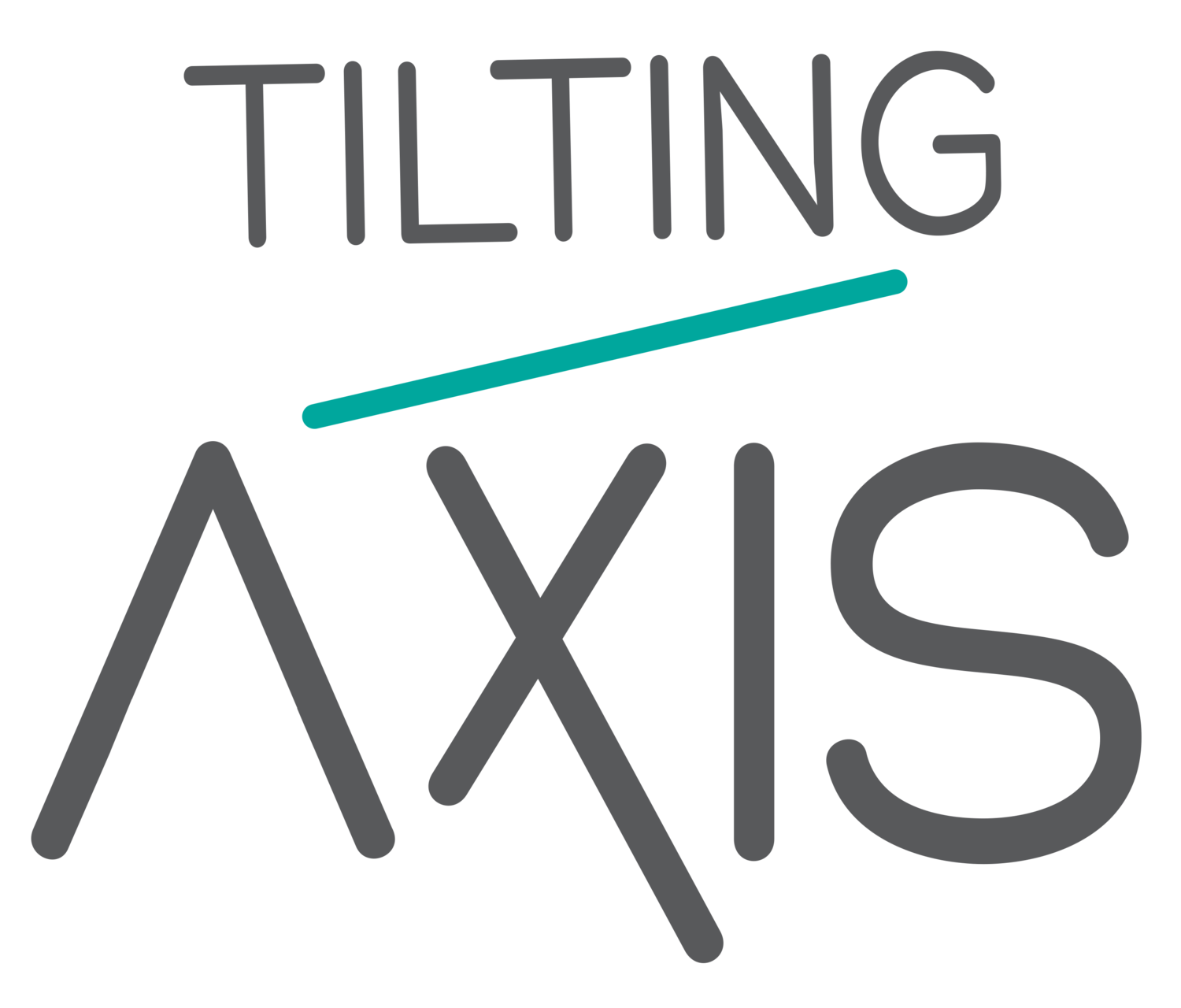“ Logistics affect our trade routes, our ability to engage with the rest of the world, to easily access facilities.”
One of the greatest single challenges facing The Caribbean is logistics. Logistics affect our trade routes, our ability to engage with the rest of the world, to easily access facilities. Compared to road transit, the cost of air and sea travel is hugely expensive and this inevitably affects the art scene and its development — both internally and externally — as we do not have access to other countries' outputs, nor can we easily share our own not only in terms of actual artworks, but also in terms of critical exchange also, this inevitably stunts our development.
Part of running an institution is networks and relationships; meeting other professionals to share ideas and concepts, to discuss problems and to brainstorm for solutions. While there already exist international conferences for museum and art professionals, since our region poses some very specific problematics, there was a void for those of us here, needing to communicate and solve our very geographically specific issues and also a need to simply get to know one another, to forge relationships that could lead to partnerships and creative dialogue.
“ . . . it is easier and faster to go from Nassau to London than from Nassau to Port-Au-Prince”
It is not only the cost of traveling, but the time: fragmented by colonial structures, our "hubs" have traditionally been European; it is easier and faster to go from Nassau to London than from Nassau to Port-Au-Prince; the vestige of the colonies also means we are not integrated, like the European Union or the United States, and visa issues can cause issues with work and study. Miami functions as our most useable hub, but since the region is considered by the international airlines as a mere leisure destination, connections are inconvenient for intra-Caribbean travel.
Due to all of the above restrictions, many of us in the region had never met before, even if we had been working and communicating for several years. It was high time for a regional conference to be organized, around which we could plan our schedules and dedicate several days to useful exchange, so Tilting Axis, and the support it received that facilitated many of us to come together, was most welcome.
The most obvious outcome was simply the ability to get to know another art scene. It is one thing to see works in reproduction and read about them, but to visit sites of production and simply to meet and speak with the practitioners and organizers brings a completely different understanding. Also, despite what tourist advertising and Hollywood films might imply, all Caribbean countries are not the same and to spend time in another one of our neighboring states opens up entirely new understandings of both the country and the region, and allows for viewing one's own country through a different lens, how it fits into the giant archipelagic puzzle.
Secondly, finally meeting so many of my colleagues face-to-face was extremely valuable. While Skype and email have certainly made contact and communication easier, there is nothing better than good old-fashioned face-time to be able to form a really functional working relationship, to understand the nuances of another person's situation.
Thirdly, the presentations given by the different speakers and the conversations that followed, brought context, deepened the picture and opened up new possibilities for future collaborations. The working groups lead to some very fruitful avenues; for one, I learned about the dearth of academic options for art students in the region, which has lead to conversations about making College of The Bahamas more open to foreign students, indeed, I am already engaged in conversations with COB's president to facilitate dorms.
Several great things came out of this edition of Tilting Axis: discussions regarding shared exhibition programmes; ideas for how to generate a traveling show that is curated from the region rather than by visiting international curators; and models for exhibition-making that can work for us internally as well as a shared large-scale project. With the other institutional representatives, we decided to form an official group so we can find strength in numbers and agitate at a high governmental level for things that would facilitate our development, such as reduced tax duties, established cultural policy, etc.
Lastly, we all agreed that the conference should be an annual event with a fixed period so that we can all add it to our calendars. Due to the logistical challenges with which I started my commentary, the suggestion was made to have it every other year in Miami, which is easier for all of us to get to, so we can dedicate even an extra days to the meetings. In the other years, the meeting would travel to a different nation giving the delegates the opportunity to get to know another on of the regional states.
The Caribbean art scene is currently the focus of a considerable amount of international attention; we have a window of opportunity and need to gather our forces and help our artists and institutions form stable connections to the market and the global scene. Tilting Axis is a way for us all to come together, focus and strategize to do this collaboratively and take the region forward as a unit.
Amanda Coulson, Director
The National Art Gallery of the Bahamas
The Bahamas


